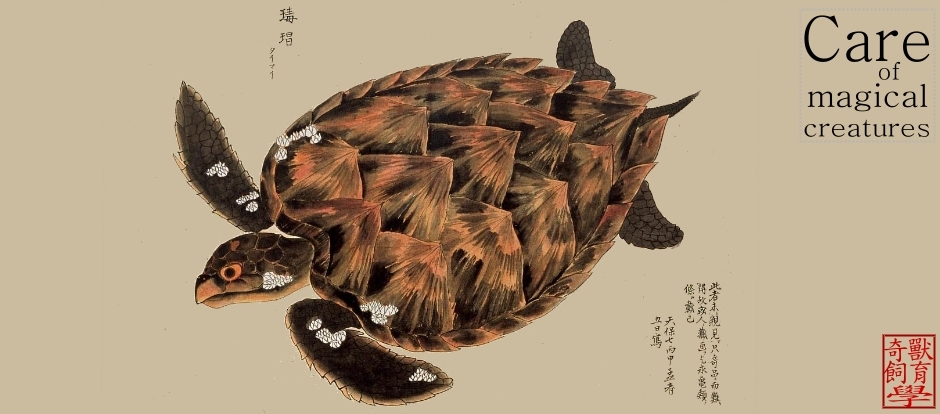Scientists See Rare Turtle for First Time in the Wild
By LiveScience Staff
A Wildlife Conservation Society (WCS) team discovered five critically endangered Arakan turtles in Myanmar (Burma).
Known only by museum specimens and a few captive individuals, one of the world’s rarest turtle species – the Arakan forest turtle – has been observed for the first time in the wild.
A Wildlife Conservation Society (WCS) team discovered five of the critically endangered turtles in a wildlife sanctuary in Myanmar (Burma) in Southeast Asia. The sanctuary, originally established to protect elephants, contains thick stands of impenetrable bamboo forests and is rarely visited by people according to the report.
The adult turtles measure less than a foot in length; its shell is light brown with some black mottling. The species was believed extinct until 1994, when conservationists found a few specimens in a food market in China. Before then, the last know record of the species was of a single animal collected by a British Army officer in 1908. Many Asian turtle species have been driven to near extinction due to their demand as food.
The WCS team also found yellow tortoises and Asian leaf turtles in the sanctuary – two other species threatened by the illegal wildlife trade.
“Throughout Asia, turtles are being wiped out by poachers for the illegal wildlife trade,” said Colin Poole, WCS Director of Asia programs. “We are delighted and astonished that this extremely rare species is alive and well in Myanmar. Now we must do what we can to protect the remaining population.”
A report documenting the turtles’ discovery was prepared by Dr. Steven Platt of Sul Ross State University, Alpine, Texas and Khin Myo Myo of WCS. It recommends several steps to ensure that the turtles remain protected in the sanctuary. These include training of local protected area staff, conservation groups and graduate students to collect additional data on the species, and establishing permanent guard posts on roads leading in and out of the park to thwart potential poaching.
The research was supported by Andy Sabin and the Turtle Conservation Fund.
By LiveScience Staff
A Wildlife Conservation Society (WCS) team discovered five critically endangered Arakan turtles in Myanmar (Burma).
Known only by museum specimens and a few captive individuals, one of the world’s rarest turtle species – the Arakan forest turtle – has been observed for the first time in the wild.
A Wildlife Conservation Society (WCS) team discovered five of the critically endangered turtles in a wildlife sanctuary in Myanmar (Burma) in Southeast Asia. The sanctuary, originally established to protect elephants, contains thick stands of impenetrable bamboo forests and is rarely visited by people according to the report.
The adult turtles measure less than a foot in length; its shell is light brown with some black mottling. The species was believed extinct until 1994, when conservationists found a few specimens in a food market in China. Before then, the last know record of the species was of a single animal collected by a British Army officer in 1908. Many Asian turtle species have been driven to near extinction due to their demand as food.
The WCS team also found yellow tortoises and Asian leaf turtles in the sanctuary – two other species threatened by the illegal wildlife trade.
“Throughout Asia, turtles are being wiped out by poachers for the illegal wildlife trade,” said Colin Poole, WCS Director of Asia programs. “We are delighted and astonished that this extremely rare species is alive and well in Myanmar. Now we must do what we can to protect the remaining population.”
A report documenting the turtles’ discovery was prepared by Dr. Steven Platt of Sul Ross State University, Alpine, Texas and Khin Myo Myo of WCS. It recommends several steps to ensure that the turtles remain protected in the sanctuary. These include training of local protected area staff, conservation groups and graduate students to collect additional data on the species, and establishing permanent guard posts on roads leading in and out of the park to thwart potential poaching.
The research was supported by Andy Sabin and the Turtle Conservation Fund.

